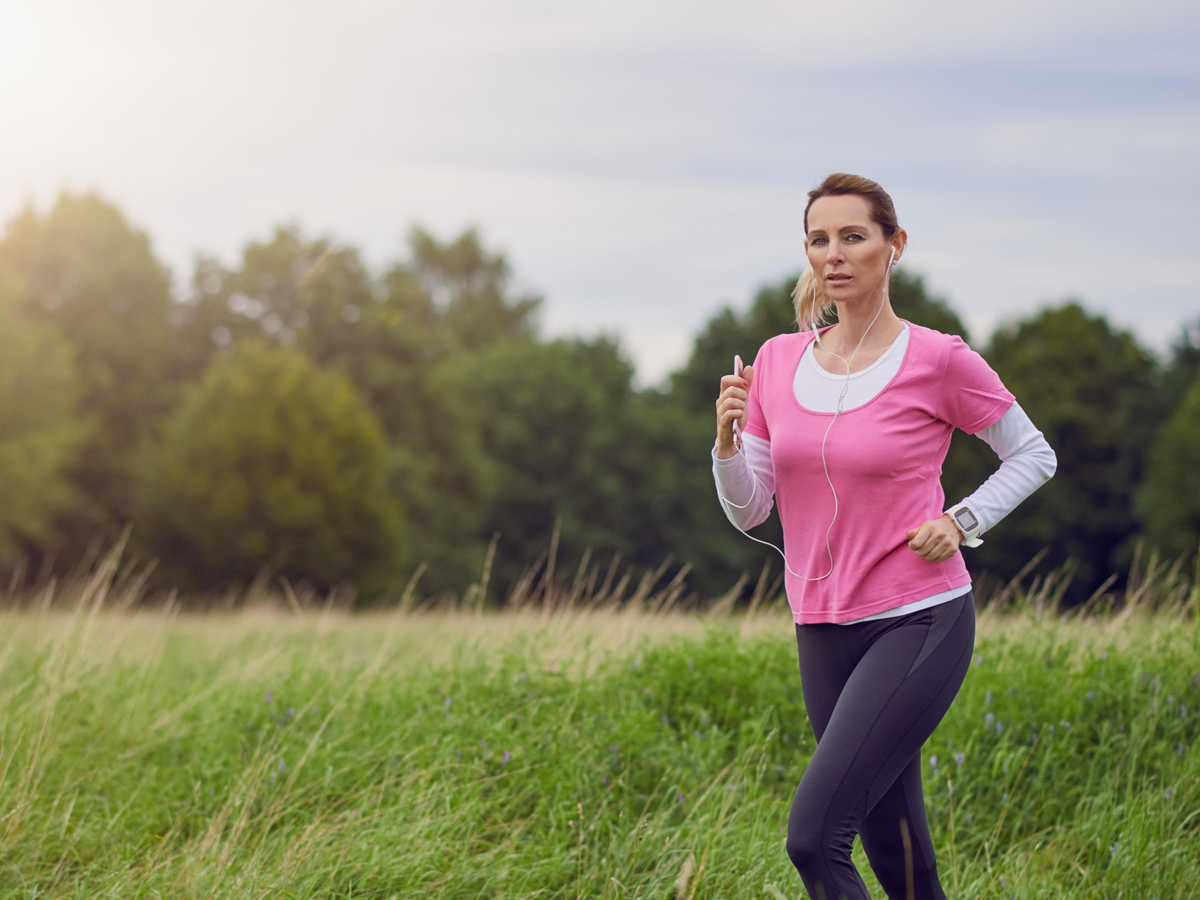
By Jen Vardy
Lateral hip pain is often related to gluteal tendinopathy or bursitis and can be a literal pain in the butt. It is a common and debilitating condition that occurs in both men and women. Tendons react to either increases or decreases in load and our recent periods of isolation have been perfect breeding grounds for tendon issues with a combination of sitting for too long at the home office or rapid increases in walking or running load. The condition is more common in post-menopausal women due to hormonal changes impacting tendon structure as well as biomechanical differences between the male and female hips and pelvis.
Pain is usually worse at rest and especially at night and sleeping on the affected side can be particularly painful. It is common in pregnancy due again to hormonal changes and increased weight distributed through the hips/pelvis and women commonly describe disabling pain at night when sleeping on their sides.
Management of lateral hip pain should include a reduction of compressive load on the gluteal tendons and bursa, progressive exercise and tendon loading and advice on training or activity modification. It’s important to act on tendon injuries promptly as some simple modifications can make a big difference and prevent ongoing inflammation and tendon trauma or tears.
You should avoid sitting cross legged or on a chair or couch that is too low where your hips are flexed greater than 90 degrees. Try to avoid standing with your hips shunted to the side (as when carrying an infant or toddler). Try side sleeping with a pillow between the knees and an extra mattress topper or eggshell overlay can help to reduce pressure on the tendon and bursa and improve comfort when on your side.
Individual assessment is important to determine the contribution of other biomechanical differences that may exist in lumbar spine, pelvis, knees or ankles that may contribute to hip pain. Addressing strength differences and deficiencies can go a long way towards offloading your grumbling tendon. There is solid evidence for heavy/slow resistance training for progressive tendon loading and your Physio can assist with a program to get started and guide your rest intervals and program progressions. Activity modifications and assessment of walking or running technique is also key to avoid over or under loading your tendon.
Your Physio may also employ local treatments to help with reducing your pain and inflammation with dry needling being particularly effective in the gluteal region. Soft tissue release and joint mobilisation and Myotherapy can also help to reduce pain and support your exercise program. And remember your pain may be heightened at this crazy time due to COVID19 related stress and fatigue so make sure to create time in your day for you with some mindfulness or relaxation practice.
You can book a time with any of our experienced Physiotherapists here at Form & Practice to manage your lateral hip pain either in Clinic or via Telehealth by calling 97510400.